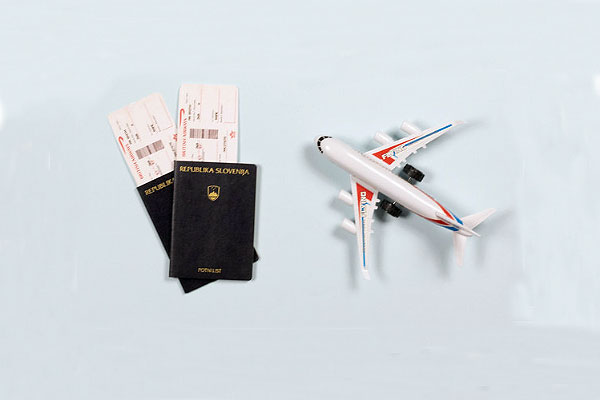The main reason for frustration for travelers during the travel booking process is not the sole responsibility of the booking platform provider, but the shared responsibility between it and the provider of the services being booked.
Everyone is very well aware that air tickets pricing has always been an almost obscure science. From the various letters that correspond to the different fares (not to be confused with flight classes!), to the most recent introduction of ancillary services, it is often difficult for travelers to understand what is included in their fare, and even to know in advance what is the estimated price of their trip.
Even for a travel agent at the beginning of his career it's difficult to understand this type of concept! Currently, the price can vary in such a way that we may have paid 50 euros for an economy seat and have a person seated at our side who paid €300 for the same type of fare (e.g. economy without luggage and without choosing a seat, etc.).
We all know that this is the reality of pricing evolution in the distribution of air content, but that does not mean that it meets travelers' expectations.
Recently, OAG Aviation Worldwide Ltd, a company dedicated to gathering and studying data about the tourism industry, carried out a study through its app, FlightView, where it tried to understand where OTAs and travel apps can improve the traveler experience in the booking process.
It is extremely interesting to realize that the first point of improvement, with 59%, is the ability to make prices more predictable.
In other words, the main reason for frustration for travelers during the travel booking process is not the sole responsibility of the booking platform provider, but the shared responsibility between it and the provider of the services being booked. I would even venture to say that most of the responsibility lies with the second, i.e., airlines.
This leads me to question to what extent does this pricing model, exacerbated by the recent introduction of continuous pricing, meets customer expectations/needs? To what extent would it not be better to find a historical average value and start simplifying pricing in the dist ribution of air content?
In my opinion, I think it is important to question the model, especially when customers are not satisfied with it. If the alternative is my suggestion, that's another conversation, but it seems unanimous to me that the dice are cast. Will the actors in this process want to catch them?
João Taborda is Vice-President of Travel & Tourism Solutions at Teleperformance.
"I am a Sales and Finance Manager experienced in improving travel companies to fulfill their utmost potential! I love travel technology. My in-depth understanding of travel distribution (airlines, GDSs, travel agencies, etc) allows me to see the bigger picture and help travel companies enhance their technology and customer service. I have over 15 years of experience in the travel Industry."









































































































































